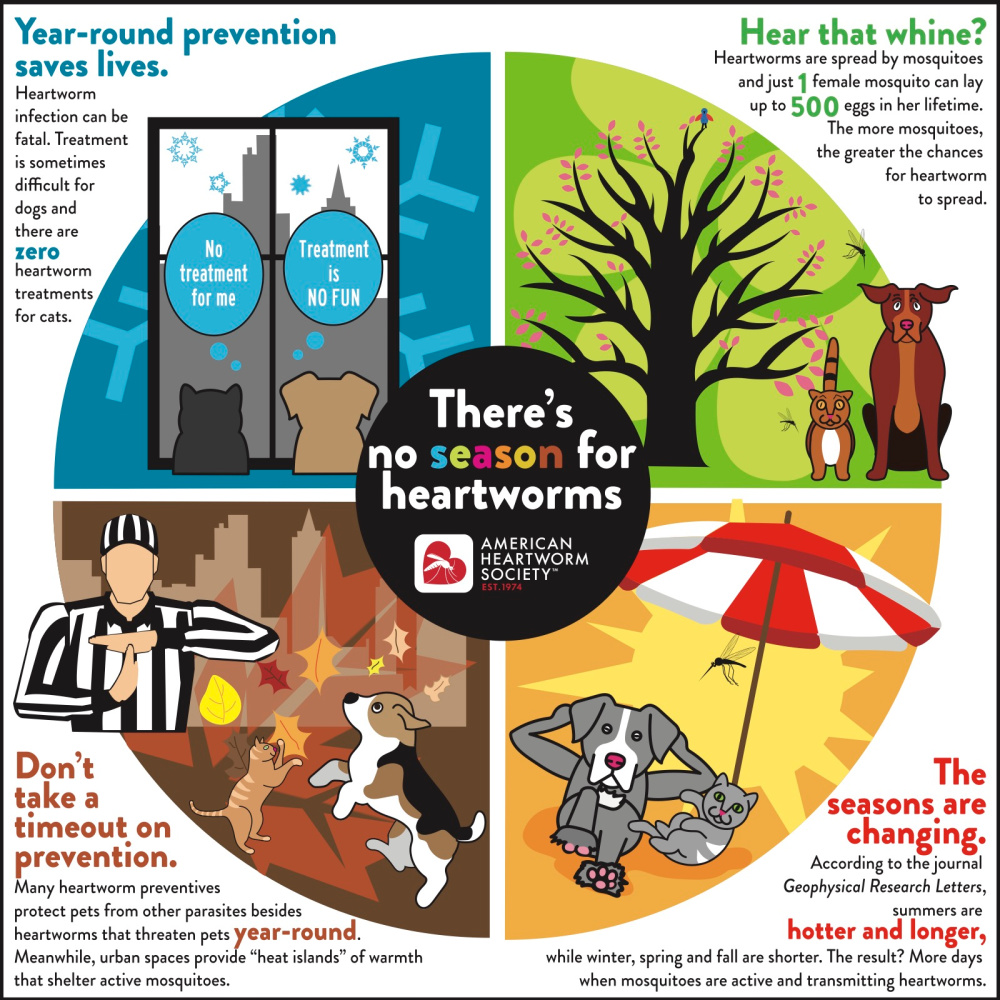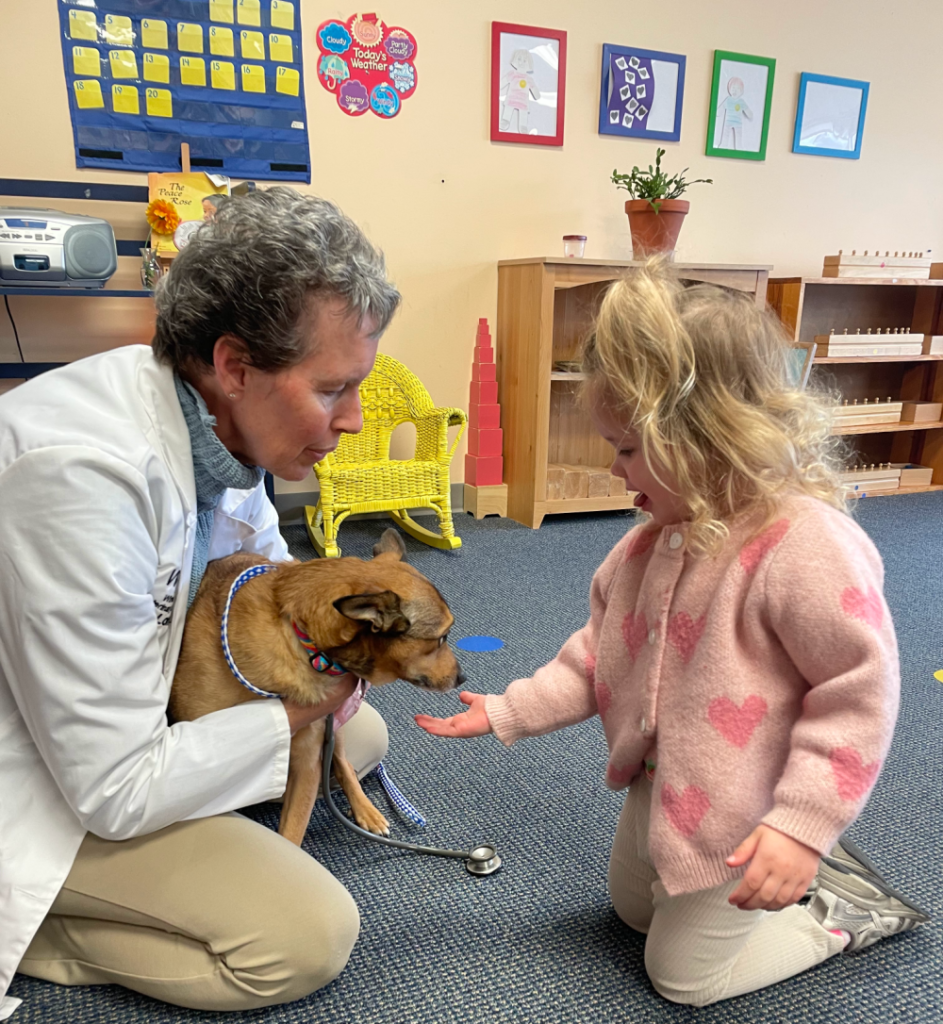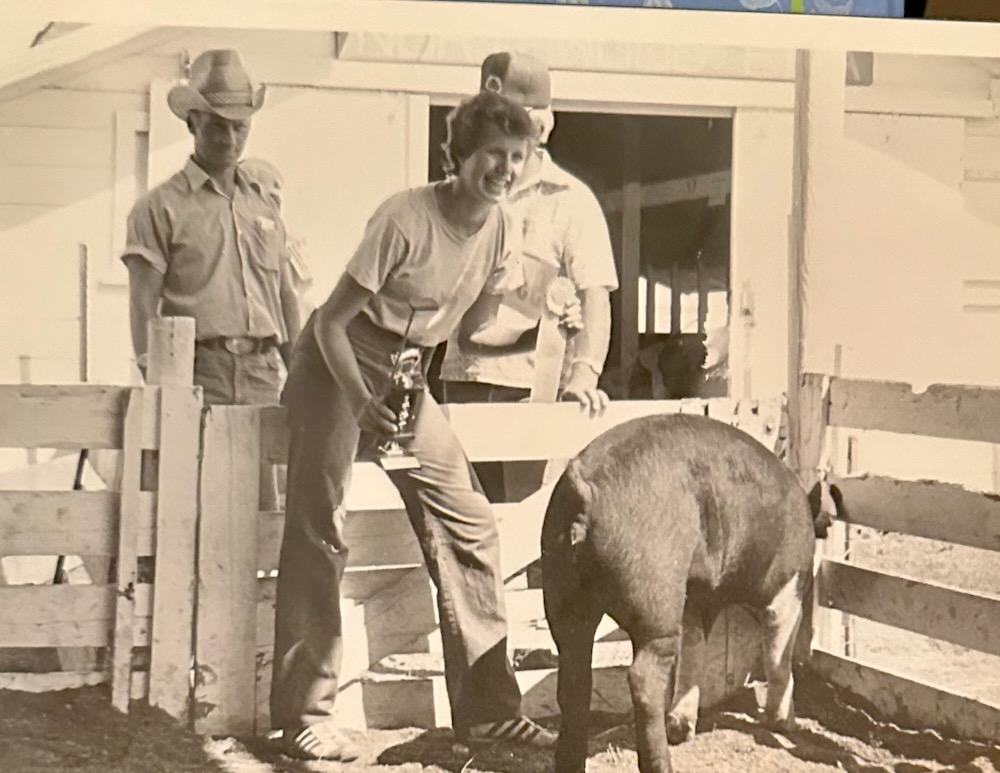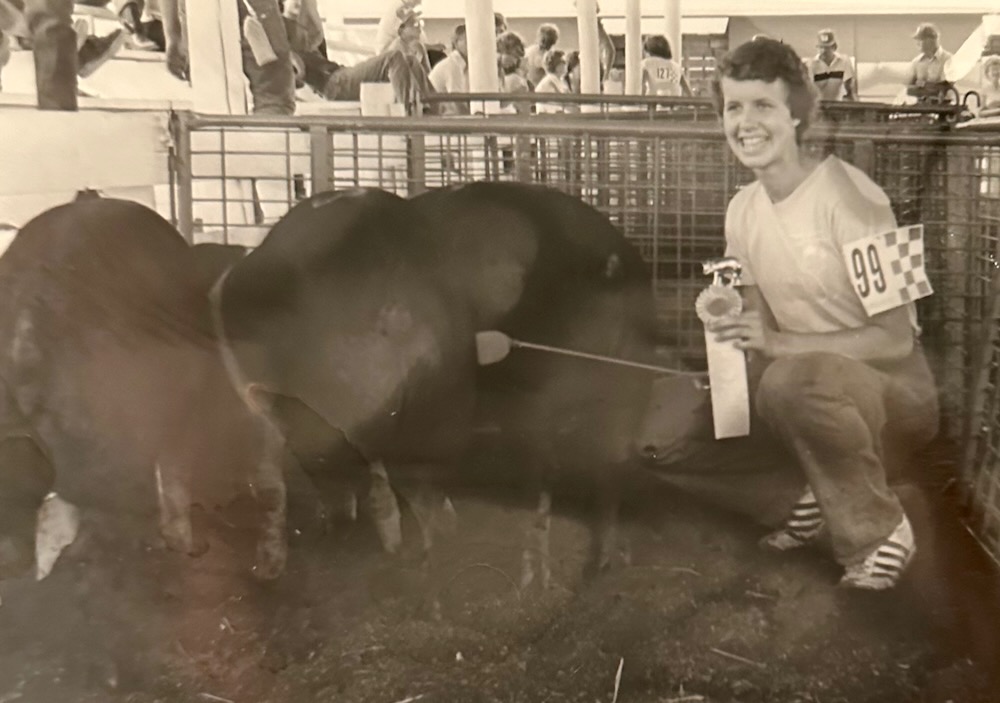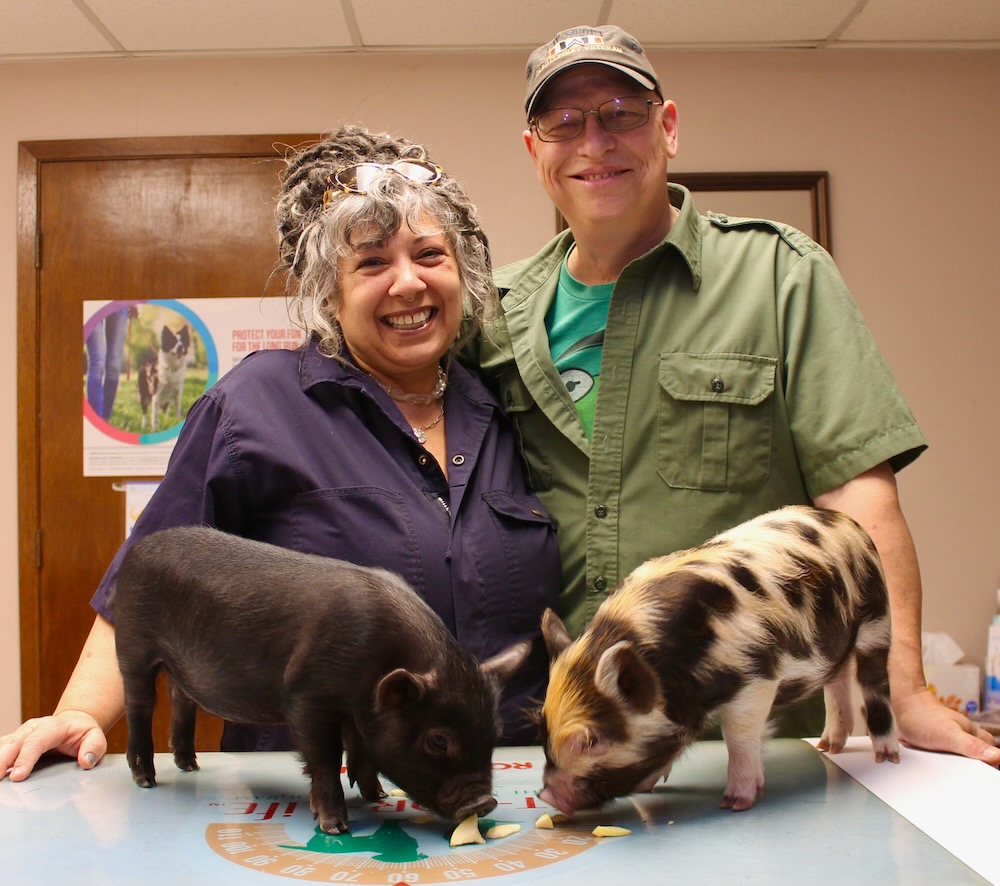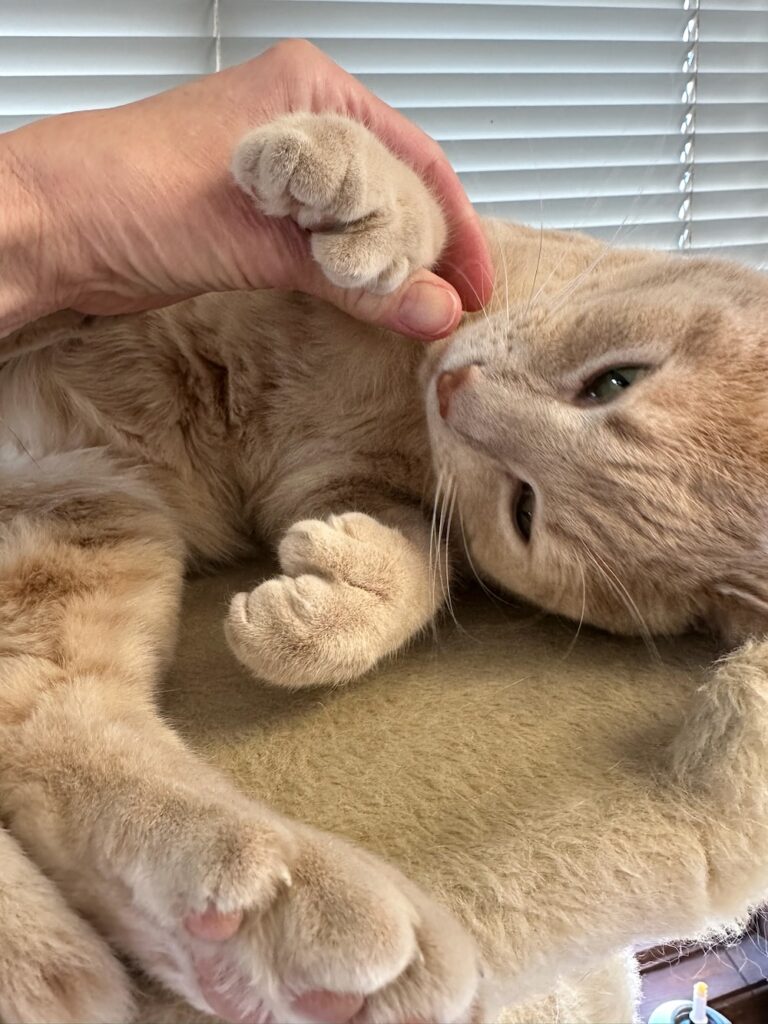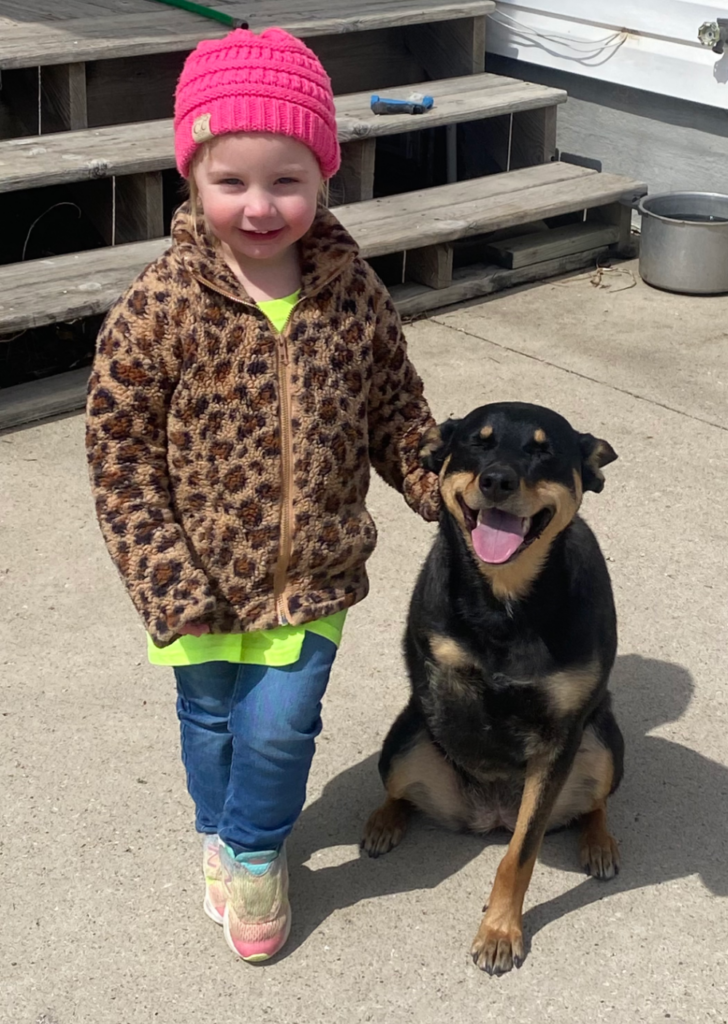May is National Pet Month and Many More Celebrations
We finally got some rain so hopefully those April showers will bring our May flowers to full bloom. Of course, many of the early spring blooms have come and gone already with our mild spring temperatures. Let’s pray for a calm warm sunny May versus a windy hot month! We will certainly take more rain though. Every little bit helps.
May is National Pet Month and May 5-11 this year is National Pet Week. National Pet week is always the first full week of May. National Pet Month in the UK is in April. Interesting that we do the month after because April is Heartworm awareness month and canine fitness month. It has become increasingly aware to me that every day of every week of every month of every year is for our pets. They have become the center of our lives. Their focus is on us only as their providers. They live daily to bring us joy. We are the center of their universe. Yet in my daily interactions with clients, I see how much our dependence is on them for our mental and physical health. It is important that people who work with humans recognize this shift and not minimize someone’s co-dependence on their pets. It is not just people with obvious medical and physical issues that need service dogs or emotional support dogs. I am not advocating that someone attempt to illegally pass their pet off as a service dog or emotional support dog. Yet if someone is under the proper care of a physician or therapist it is important to recognize the bond between them and their pets.
Taken from the National Pet Week link they have daily themes for National Pet Week. I decided to repost this since many would not choose to follow the link: https://www.avma.org/events/national-pet-week
Daily Themes
Each day of the week focuses on a different topic essential to responsible pet ownership:
- Sunday: Choose well: Commit for life
- Monday: Behavioral health: Habits for happy pets
- Tuesday: Nutrition and exercise matter
- Wednesday: Love your pet? See your vet!
- Thursday: Travel with care
- Friday: Emergencies happen: Be prepared
- Saturday: Plan for their care: Give them a lifetime of love
All of these themes are important to consider when owning a pet for the first time or have had pets for years.
The list of pet holidays for May 2024 are gotten from this link: https://www.timetopet.com/blog/your-complete-guide-to-pet-holidays
I repost this so you can be amazed at how many different days have been created because of the interdependence we have with our pets. I have been practicing veterinary medicine since 1988. Our class was the first class that had more women than men enrolled. The shift has continued because of the bond between people and their pets. The following list completes the May celebrations. If nothing else you can use them as trivia questions for your meetings or game nights.
- Chip Your Pet Month
- National Pet Month
- Responsible Animal Guardian Month
- May 1st – National Purebred Dog Day®
- May 3rd – National Specially-Abled Pets Day
- May 5th -11th – Puppy Mill Action Week
- May 5th – 11th – National Pet Week
- May 11th – National Dog Mom’s Day
- May 9th – National Animal Disaster Preparedness Day
- May 12th – Mother’s Day!
- May 14th – International Chihuahua Appreciation Day
- May 20th – National Rescue Dog Day
- May 23rd – World Turtle Day®
- May 30th – International Hug Your Cat Day
With May 1st approaching and it being a celebration of Purebred Dog Day, I must note that I am seeing more mixed breeds – created breeds than purebred dogs. Lots of people want to claim that a goldendoodle or a Yorkipoo are a breed, but they are NOT. There is nothing wrong with mixing the breeds together and sometimes they are healthier but please do not try to tell people you have a new breed of dog. It is a mixed breed.
National Mom’s Dog Day was a new one for me. Had not been aware of this holiday before. Looking into it, it was created in 2018. Dig is a dog person’s dating app and apparently, they were responsible for creating this holiday. It is suppose to be celebrated the second Saturday of the month of May.
I love that they have a Hug Your Cat Day at the end of the month. I know many that would never attempt to hug their cat but sometimes taking a cat out of their comfort zone is a good idea. Of course, be cautious if they have been known to use their claws and teeth! Check out World Turtle Day and Chihuahua Appreciation Day. Find ways to celebrate the bond you share with your pets and farm animals. My dad was a farmer all his life but the relationship he had with animals of all sizes, shapes, and colors is what bonded me to animals from the beginning. It is where my desire to help animals began. When you share your love of animals with others you never know where it may lead them. Our lives are changed by the animals that we share our days with as well as those animals who are under our tender loving care. Happy May Day! Go out and spread some May Day cheer!

